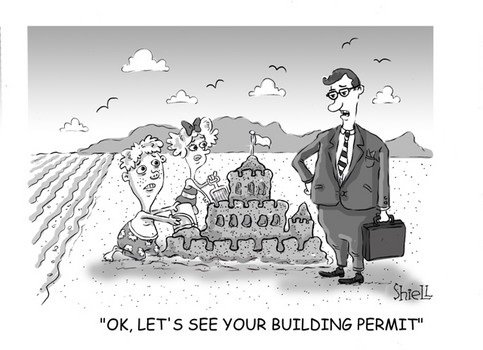
Undertaking Major Projects
When it is time for Associations to undertake major projects such as repaving or reroofing, it is important that they follow a proper project process.
Step one is to determine what the requirements of the project will be. For example, do we want to put on the cheapest roof we can get, the best roof we can get, or something in between?
Step two is to prepare bid documents that will allow the association to receive apples-to-apples bids for the work. Bid documents commonly include plans, specifications, insurance and other project requirements, and a bid form. Depending upon the complexity of the project, it may be necessary to have a professional architect or engineer prepare these documents.

Step three is to select which contractors will be invited to bid. It is important to prequalify all of the contractors before allowing them to bid. If a contractor does not have the experience, qualifications, or reputation that you want it is better to exclude them at this point and invite another contractor that does meet your requirements.
Step four is to solicit bids, evaluate them, and select a contractor. This should be straight forward if you followed steps 1 through 3, but there may be some project details that need to be clarified during the bidding process. This should be done via a written addendum that is distributed to all bidders.

Step five is to negotiate contract terms with the contractor you have selected. It is best to use a contract prepared by the Association’s attorney as it will be written to protect the Association. If this is not possible then you will have to negotiate the terms of the contract supplied by your contractor. It is important to have the Association’s attorney involved in this process.
Step six is construction (finally)! It is important to be sure that all necessary permits have been obtained and that a Notice of Commencement has been filed with the Clerk of Court’s office. It is also important that someone be appointed to oversee the work on behalf of the Association. Depending on the complexity of the project, this could be board member, the CAM, an Architect or Engineer, or another qualified consultant.







